|
|
©1999-2003. All rights reserved. |
Lush Elephant Grass
Elephant grass is grown as a house plant, known as 'Mother-in-law's
tongue'. It is not really a grass in the botany sense of the word, and
has substantial fleshy blades. In the wild it grows to amazing heights,
covering large areas.
On the wargames table, this can be represented by plastic grass,
widely available from shops selling home decorations and what can only
be described as designer bric-a-brac.
Materials
| ||||||
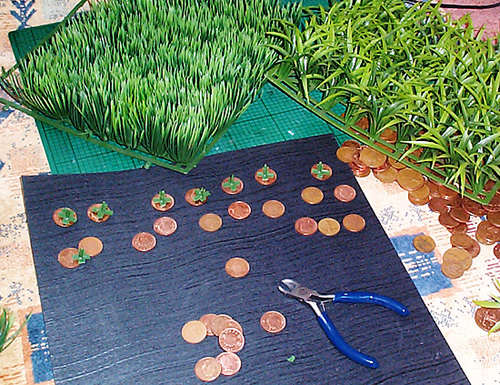 |
Construction

 The back of the mat
The back of the mat |
Splitting the mat
The grass is sold in mats about a foot square, the individual plants
being clipped onto pegs on the upper side of the grid
The mat needs to be cut up, because the pegs come in useful for attaching to the base as the rubbery plastic is not all that easy to stick.
Use a pair of side cutters to snip off little crosses, slightly smaller than the coins/washers that you are using. It's best to pull all the plants off first, or you might accidentally cut bits off them.
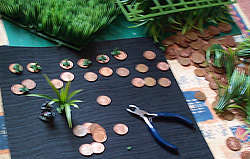
Making up the bases |
|
Basing |
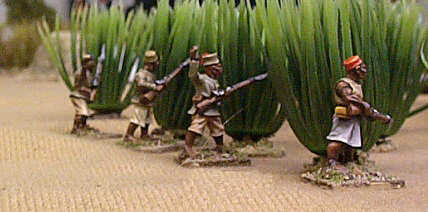 |


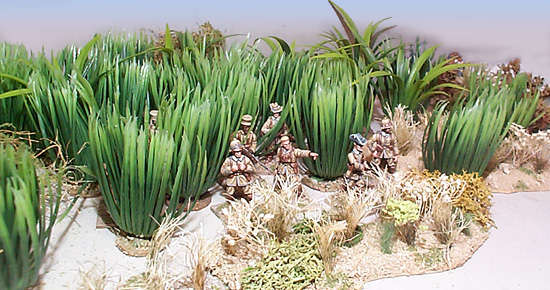
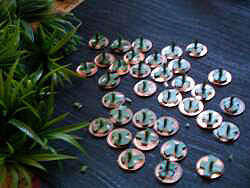 Sticking
plants to bases
Sticking
plants to bases